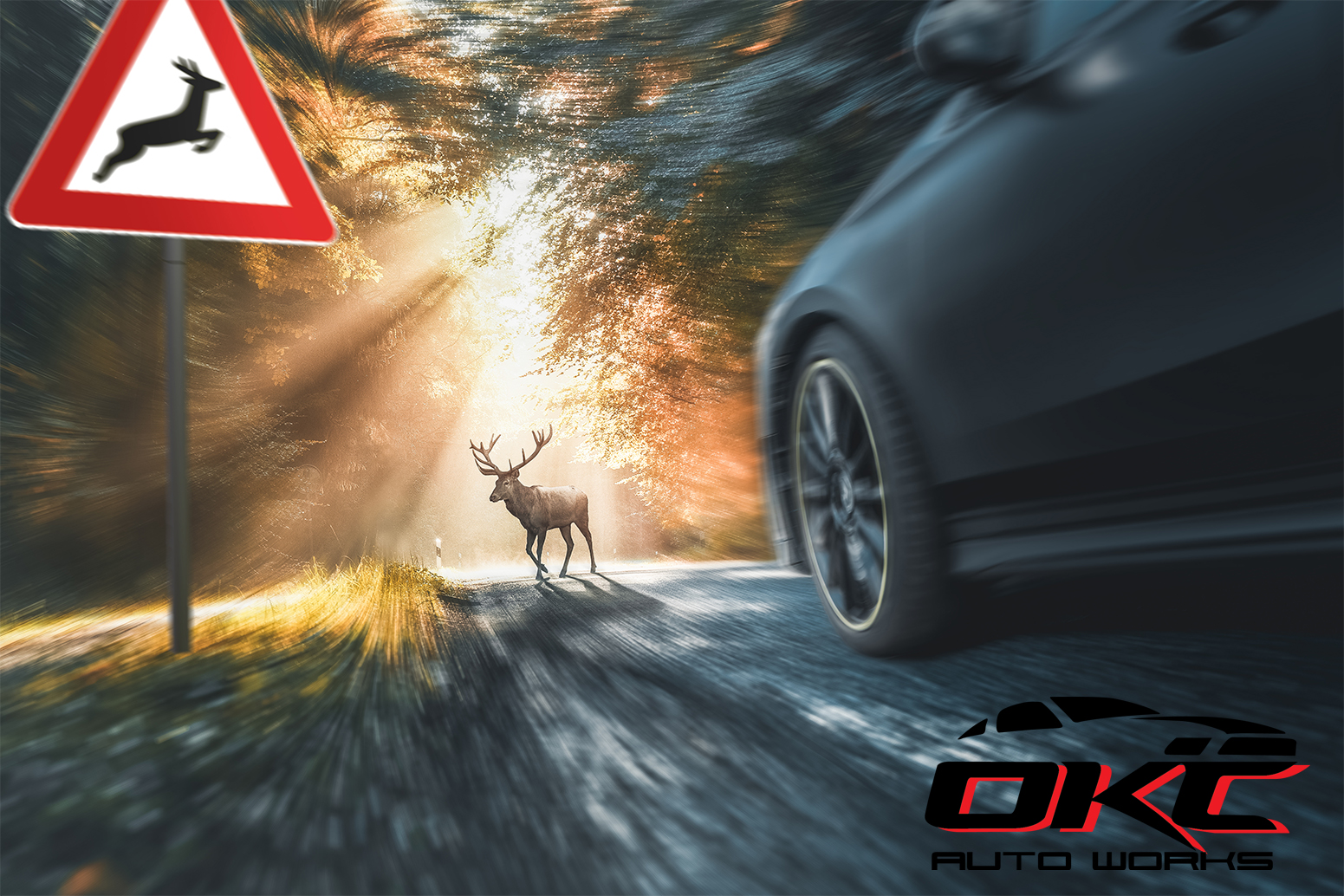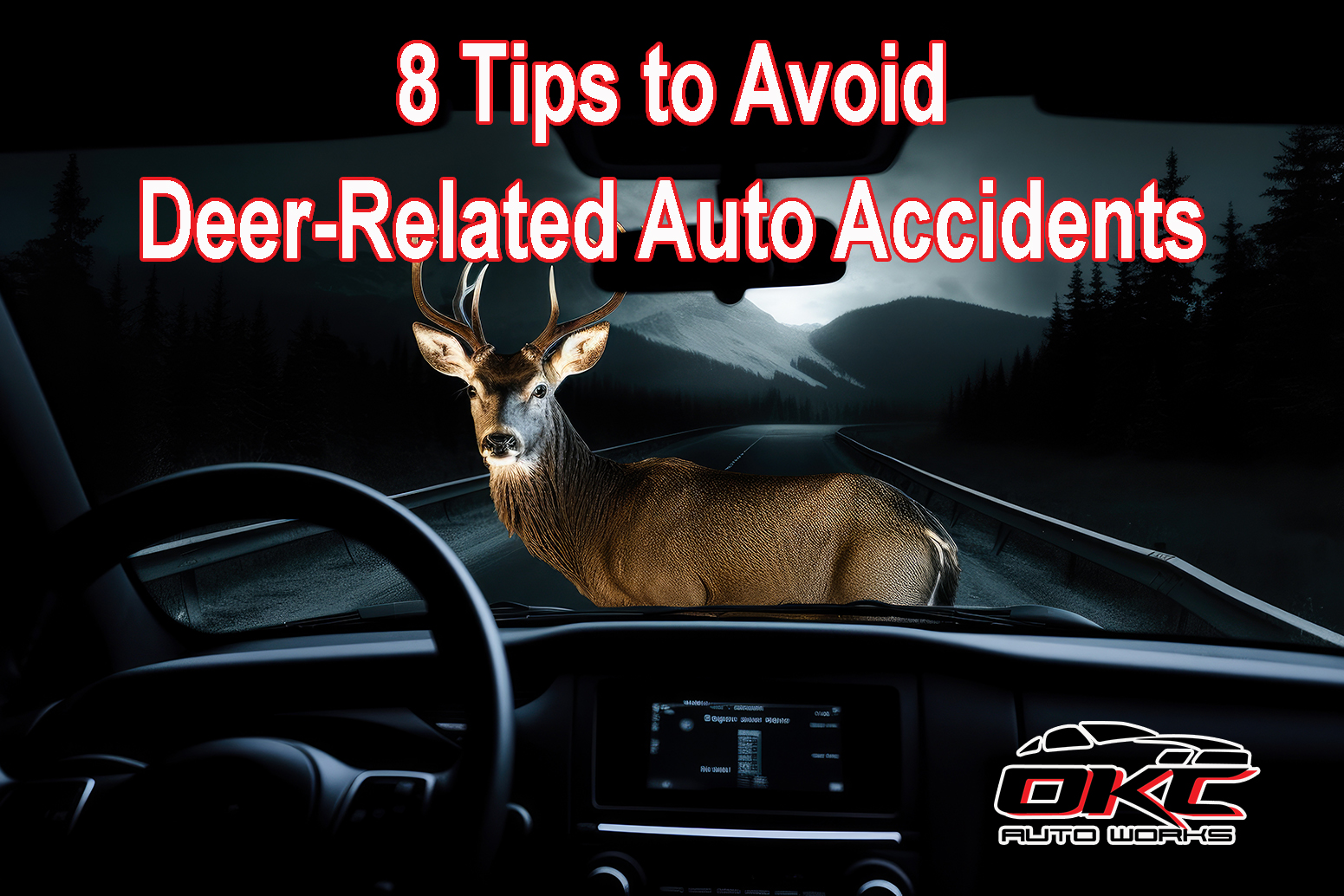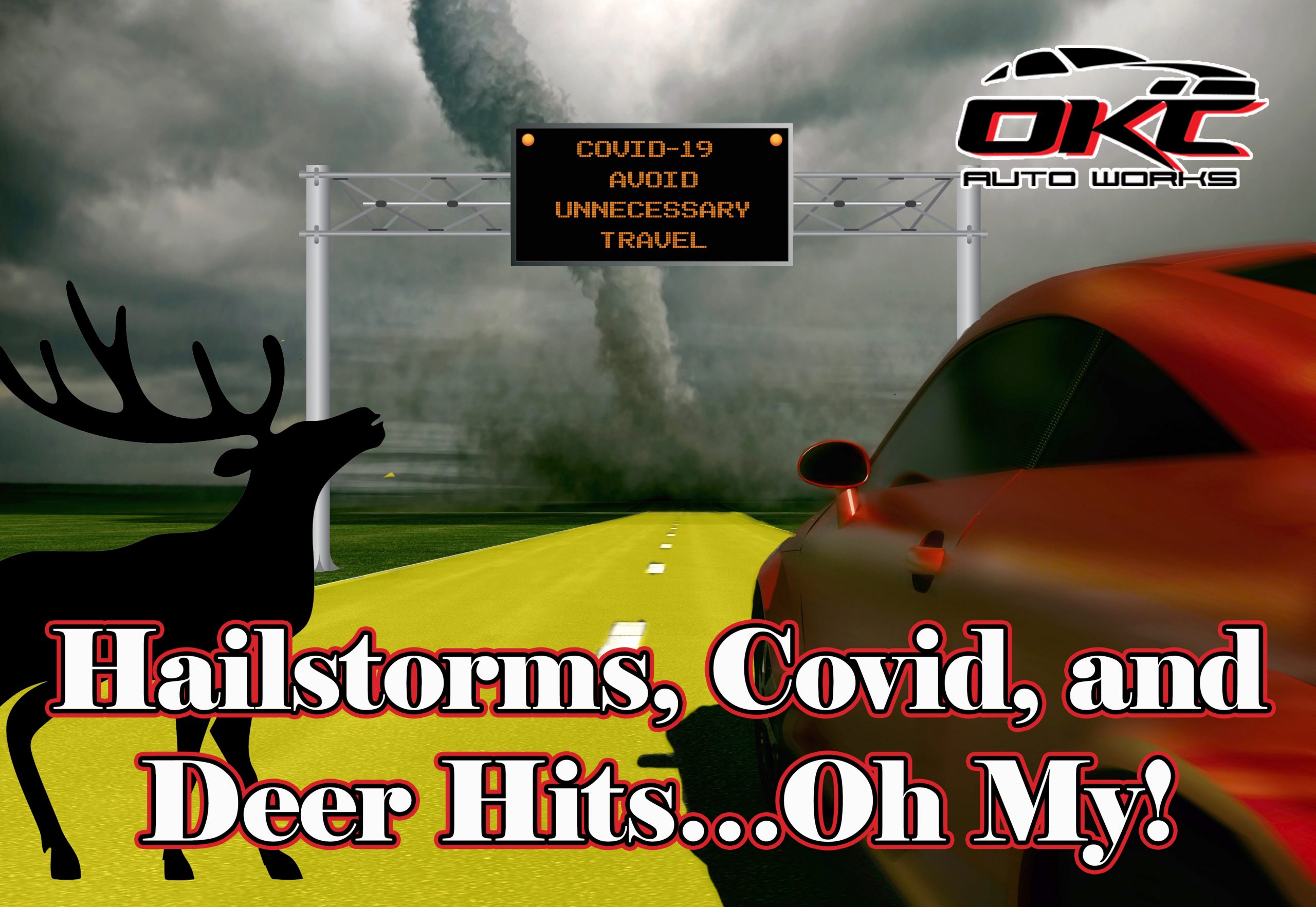Deer can be described graceful and enjoyable to watch as they frolic and play in the woods on a cool fall morning. They can also be fast and destructive when they dart across your path as you travel down a dusky road. If you are someone who has been involved in one of the 1.5 million accidents annually that involve a deer, you would probably agree with the later description. Believe it or not, deer “hits” send thousands of people to the hospital each year and kill a few hundred more! And while we have no way of knowing the countless deer who are injured or have their lives cut short in such accidents, we can say with certainty that avoiding a deer accident is ideal for everyone and everything involved. But what if you cannot avoid it, then what? Well, there are things as a driver that can be done to reduce injuries at least. In this article we will cover how to avoid hitting a deer, as well as how to hit the unavoidable deer, and lastly what to do if you collide with a deer.
How to Avoid Hitting a Deer
For obvious reasons, not hitting a deer at all is the most ideal solution. In between dusk & dawn is when deer are most active, be extra vigilant on your evening drives, watching for deer to pop out of wooded areas or crossing the road. When you do see deer or know you’re in an area where you frequently see them, slow down. Deer rut from October through January so they are less apt to see you or pay attention to you so its up to you to pay attention. Where you see one deer, there are most likely more deer close by. You may find benefit of installing a deer horn on your vehicle, but be aware that while deer are prone to darting when spooked, they do not necessarily go in the direction that would make the most sense for safety.
How to Hit the Unavoidable Deer
So, for the sake of the unavoidable happenstance, if you are going to hit a deer, there are some ways you can increase your chances of surviving the ordeal with as little injury as possible. First off, if hitting the deer is simply unavoidable then go ahead and hit it. It is far more dangerous to swerve and risk hitting another vehicle or a tree than it is to simply hit the deer. Most fatalities from such accidents come from drivers who were taking evasive actions to avoid colliding with the deer. Instead of swerving, simply apply your brakes firmly while holding onto the steering wheel. You will want to bring your vehicle to a controlled stop.
What to Do if You Collide with a Deer
The first thing you want to do when you collide with a deer is to move your vehicle to a safe place. If you do not feel it is safe to drive your vehicle, call a tow truck or auto club for help getting it moved to a safe spot. Meanwhile, turn your hazards on and get your vehicle off to the shoulder if possible. You want to eliminate the possibility of getting hit by a vehicle passing by. If you decide to exit your vehicle, stay off the road and away from traffic. If after the accident the deer is on the road blocking traffic you can call *55 for Oklahoma Highway patrol or your local police to report to report it. You really should call the authorities even if the deer is in the road and regardless of injuries, and even if it was a single car accident.
If you have reflective safety lights or device, put it around your vehicle so it can more easily be seen. Document the incident and take photos when it is safe to do so. This information will come in handy if you need to make a report or file an insurance claim. Additionally, stay away from and injured or traumatized deer for your own safety. You are not responsible for its medical care or disposal of the animal, leave that to the local authorities and game warden.
Don’t assume that your vehicle is safe to drive after a deer-collision. Instead, give it a once over before driving on. You will want to look for leaking fluid, loose parts, tire damage, broken lights, a hood that won’t latch and other safety hazards. If your vehicle seems unsafe in any way, call for a tow. It is at this point you should also call your insurance agent. Your agent can help you with making a claim, setting up tow (in some cases), and even let you know which body shops are direct repair partners or trusted shops.
In many cases, it makes sense to have it towed to a direct repair shop in these type instances as storage of your vehicle while the insurance company sorts out its repairable status is typically free at these places, whereas a tow truck lot will charge for storage. Having it towed to your house in an option, too, but be aware that you may end up covering the costs to tow it again later when you decide where you want it repaired – it is for this reason, we suggest calling your agent right away for their expert advice. If the damages are not bad and the vehicle is drivable, your agent may advise that you get an auto body estimate before making a claim. OKC Auto Works can help with that, as we provide free estimates and are considered a direct repair facility for most major auto insurance carriers.
As temps continue to drop, the risks of deer related auto accidents increases. Let’s all do our part to focus while we drive, eliminating extra distractions (like texting while driving) so attentions can be on the road. Staying focused and aware of your surroundings while driving is always the best defense with respect to the unexpected when driving. OKC Auto Works is here to help you, whether its is an auto body repair, automotive maintenance and service issue, or a necessary mechanical repair – (405) 634-8200.



